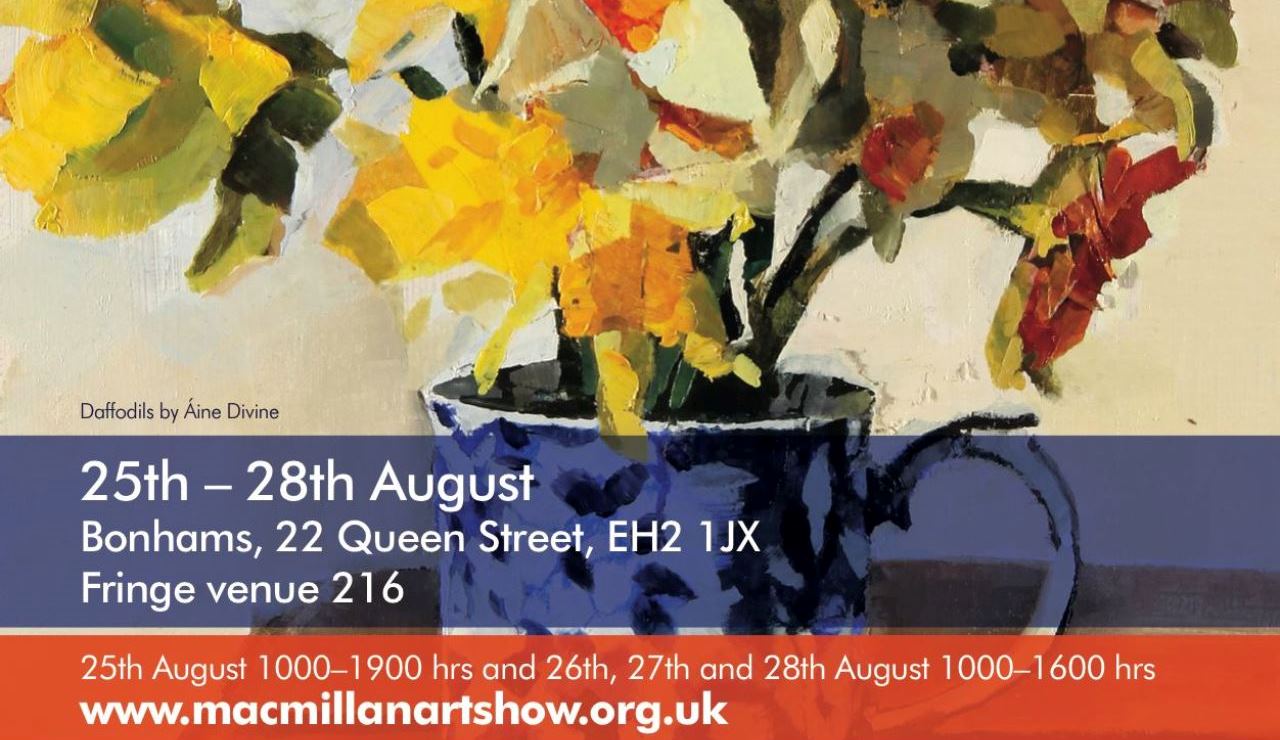James Gillespie - an Edinburgh character
27th Sep 2017
What do two schools, an Italian restaurant on the High Street and a brand of tobacco have in common? They all bear the name of James Gillespie, a prominent Edinburgh character of the 18th century.
He was born in 1726 to a family of modest circumstances but through determination and hard work he made a name for himself in the tobacco industry. Together with his younger brother John, he ran a shop on Edinburgh’s High Street. Nowadays an Italian restaurant can be found there, but a large plaque depicting James Gillespie’s face – complete with an impressive nose fit for a snuff merchant – still reminds us of the shop.
His product was well-known and popular among customers; it is even mentioned in Robert Fergusson’s 1773 poem “Auld Reekie”:
Gillespie's snuff should prime the nose
O' her that to the market goes,
If she wad like to shun the smells
That float around frae market cells.
This is what brand awareness looked like back in the old days! Apparently, there was a peculiar secret to Gillespie’s recipe: generous quantities of cocaine were added to the tobacco, a perfectly legal practice in the 18th century.
In 1759 the brothers purchased their own tobacco mill and estate in Colinton. James resided at the manor, watching over the goings-on at the mill with the strict but benevolent eyes of a patriarch, “the laird”, as his employees called him. The workers reported that they were treated well, many of them even lived on the estate. He looked after their earthly needs and their souls alike – being a child of his times and a staunch Presbyterian, he insisted that everyone who worked for him had to be morally upright and God-fearing.
Even though the brothers accumulated a large fortune over time, they were known as unpretentious, pragmatic men who continued to live a simple life. James was said to be exceptionally thrifty for a man of his means. “Waste not, want not” was his favourite saying.
Neither of them ever married, so when James died in 1797 at 71 years old, after his brother, there was no heir to their tobacco empire. His inheritance was invested in two good causes.
The enormous sum of £12,000 was used to found James Gillespie’s Hospital in Bruntsfield. Even though nowadays the word hospital makes us think of a place to recover from illness, in the past, it also described charitable retirement homes. The establishment took in poor men and women over 55 years of age, who had to come from Edinburgh or Leith, be former employees of the Gillespie firm, provide proof of their poverty… and of course, they had to be “decent, godly and well-behaved”! The hospital was closed in the 20th century and the building demolished in 1975.
In 1803 James Gillespie’s School was opened. It provided free education to poor boys aged six to twelve. In its founding year, it employed one schoolmaster who was responsible for 60 boys! Over time the school has undergone many changes; today it is a state-run primary and high school for boys and girls, still bearing the name of James Gillespie, the snuff merchant who left his mark on Edinburgh as a peculiar character, brilliant businessman, and benefactor of the poor. To quote his contemporary Henry Erskine: “Who would have thought it, that noses had bought it.”
You can see James Gillespie's plaque on the Royal Mile everyday on our Secrets of the Royal Mile Tour.

